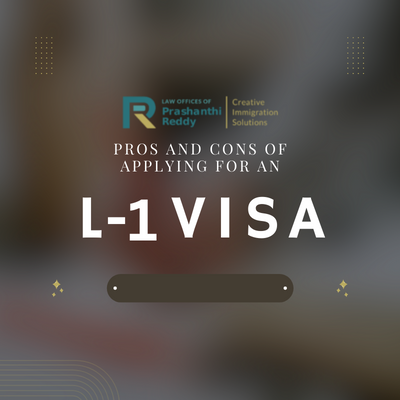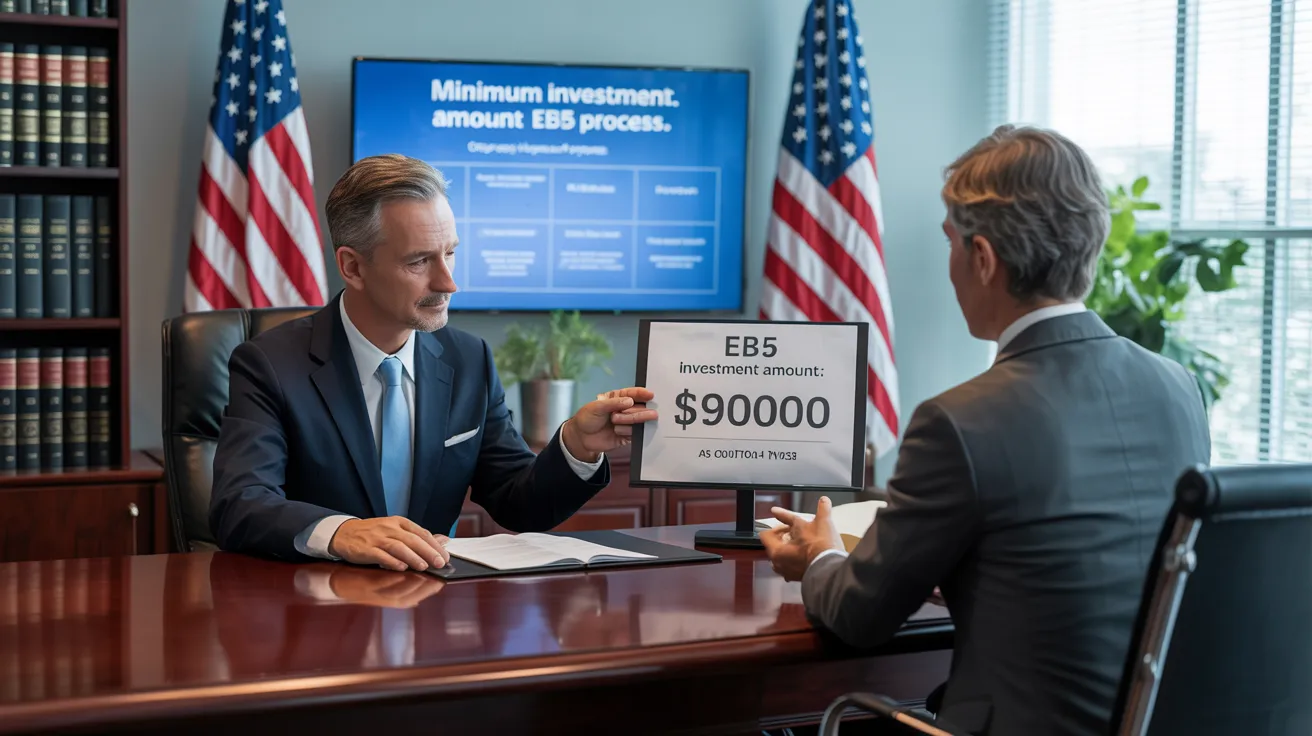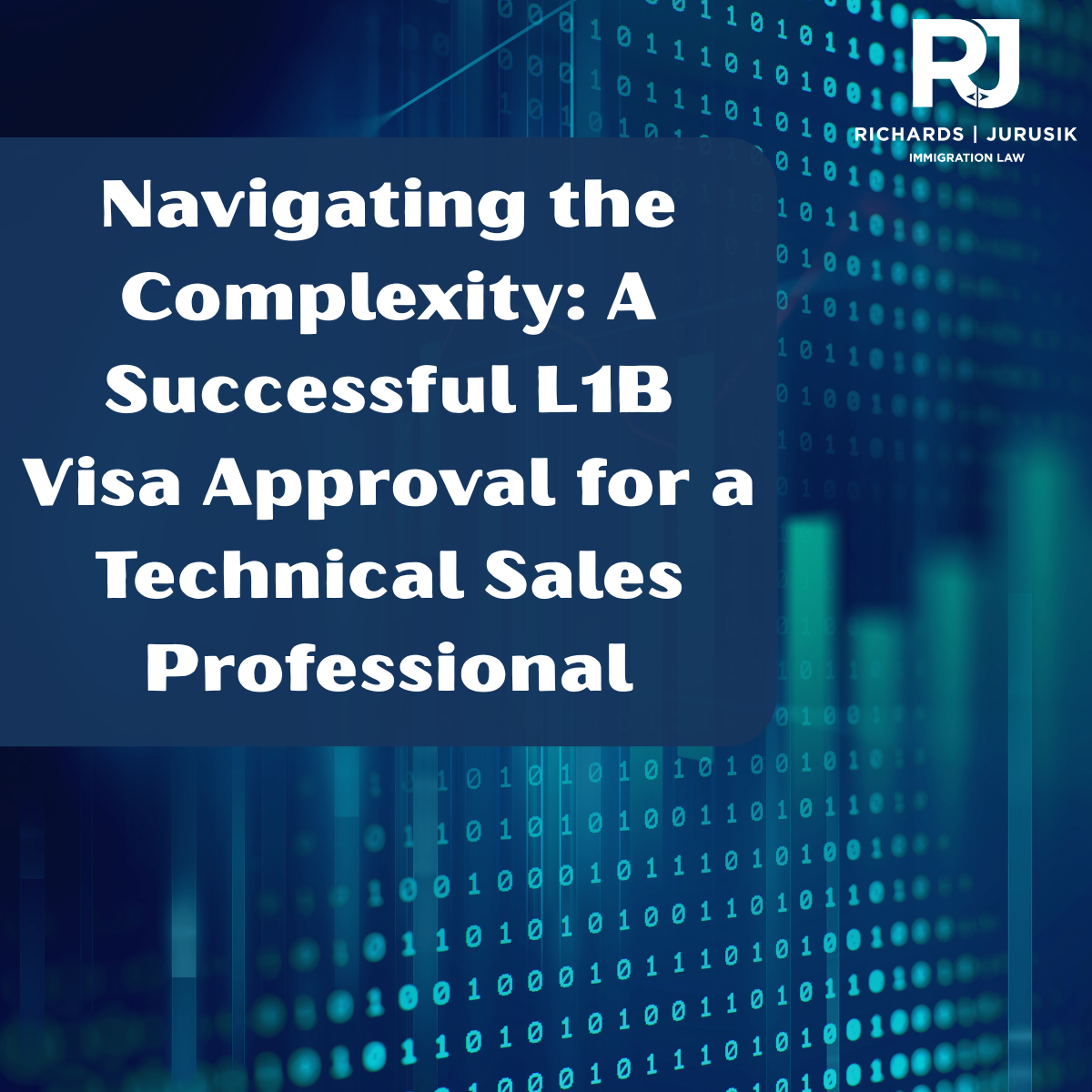Everything about L1 Visa
Table of ContentsL1 Visa for DummiesRumored Buzz on L1 VisaGetting My L1 copyright WorkHow L1 Visa can Save You Time, Stress, and Money.The Of L1 VisaNot known Factual Statements About L1 Visa
Available from ProQuest Dissertations & Theses Global; Social Scientific Research Premium Collection. (2074816399). (PDF). Congress. (PDF). DHS Office of the Examiner General. (PDF). (PDF). "Nonimmigrant Visa Statistics". Gotten 2023-03-26. Division of Homeland Safety And Security Workplace of the Inspector General, "Evaluation of Susceptabilities and Potential Abuses of the L-1 Visa Program," "A Mainframe-Size Visa Technicality".
U.S. Department of State. Retrieved 22 August 2016. "Employees paid $1.21 an hour to install Fremont tech business's computer systems". The Mercury Information. 2014-10-22. Fetched 2023-02-08. Costa, Daniel (November 11, 2014). "Little-known temporary visas for foreign tech employees dispirit earnings". The Hillside. Tamen, Joan Fleischer (August 10, 2013). "Visa Holders Change Workers".
Some Known Details About L1 Visa
In order to be qualified for the L-1 visa, the international firm abroad where the Beneficiary was utilized and the U.S. business need to have a certifying relationship at the time of the transfer. The various types of certifying relationships are: 1.
Example 1: Company A is integrated in France and utilizes the Beneficiary. Business B is integrated in the U.S. and wishes to seek the Recipient. Company An owns 100% of the shares of Firm B.Company A is the Parent and Business B is a subsidiary. For that reason there is a certifying connection between the 2 business and Company B need to be able to fund the Beneficiary.
Company A possesses 40% of Firm B. The staying 60% is had and regulated by Company C, which has no connection to Business A.Since Company A and B do not have a parent-subsidiary connection, Business A can not fund the Recipient for L-1.
Instance 3: Company A is included in the U.S. and wishes to seek the Beneficiary. Firm B is included in Indonesia and uses the Recipient. Company An owns 40% of Firm B. The continuing to be 60% is had by Company C, which has no connection to Company A. Nonetheless, Company A, by formal arrangement, controls and full takes care of Business B.Since Business A has much less than 50% of Company B yet takes care of and manages the firm, there is a certifying parent-subsidiary connection and Firm A can fund the Beneficiary for L-1.
9 Simple Techniques For L1 Visa
Associate: An associate is 1 of 2 subsidiaries thar are both owned and managed by the same moms and dad or person, or had and regulated by the very same group of people, in primarily the same ratios. a. Instance 1: Company A is included in Ghana and employs the Recipient. Business B is incorporated in the U.S.
Firm C, additionally integrated in Ghana, possesses 100% of Business A and 100% of Firm B.Therefore, Firm A and Business B are "associates" or sister firms and a qualifying relationship exists between both business. Company B need to have the ability to fund the Beneficiary. b. Instance 2: Business A is incorporated in the united state
Firm A is 60% owned by Mrs. Smith, 20% had L1 Visa process by Mr. Doe, and 20% had by Ms. Brown. Company B is integrated in Colombia and presently utilizes the Recipient. Company B is 65% possessed by Mrs. Smith, 15% owned by Mr. Doe, and 20% owned by Ms. Brown. Business A and Firm B are associates and have a qualifying relationship in 2 different methods: Mrs.
The L-1 visa is an employment-based visa category established by Congress in 1970, allowing international business to transfer their managers, executives, or vital employees to their United state operations. It is typically referred to as the intracompany transferee visa.

In addition, the recipient must have operated in a managerial, exec, or specialized employee setting for one year within the 3 years coming before the L-1A application in the international firm. For new workplace applications, foreign work should have been in a supervisory or executive capacity if the beneficiary is pertaining to the USA to function as a manager or exec.
The Of L1 Visa

If given for an U.S. business operational for even more than one year, the first L-1B visa is for approximately three years and can be prolonged for an additional 2 years (L1 Visa). Alternatively, if the U.S. company is recently established or has been operational for less than one year, the preliminary L-1B visa is released for one year, with expansions offered in two-year increments
The L-1 visa is an employment-based visa category established by Congress in 1970, enabling international firms to transfer their supervisors, execs, or crucial workers to their U.S. operations. It is typically referred to as the intracompany transferee visa. There are 2 main kinds of L-1 visas: L-1A and L-1B. These kinds are suitable for staff members employed in different positions within a firm.
The Definitive Guide to L1 Visa
Additionally, the beneficiary needs to have worked in a managerial, exec, or specialized employee placement for L1 Visa law firm one year within the three years preceding the L-1A application in the foreign business. For brand-new office applications, foreign employment needs to have been in a managerial or executive capacity if the beneficiary is pertaining to the USA to function as a supervisor or exec.
for up to 7 years to supervise the operations of the U.S. affiliate as an exec or supervisor. If provided for a united state company that has actually been operational for greater than one year, the L-1A visa is initially given for as much as three years and can be extended in two-year increments.
If given for a united state firm functional for greater than one year, the initial L-1B visa is for up to 3 years and can be prolonged for an added 2 years. Alternatively, if the U.S. company is freshly developed or has actually been functional for less than one year, the preliminary L-1B visa is released for one year, with extensions offered in two-year increments.